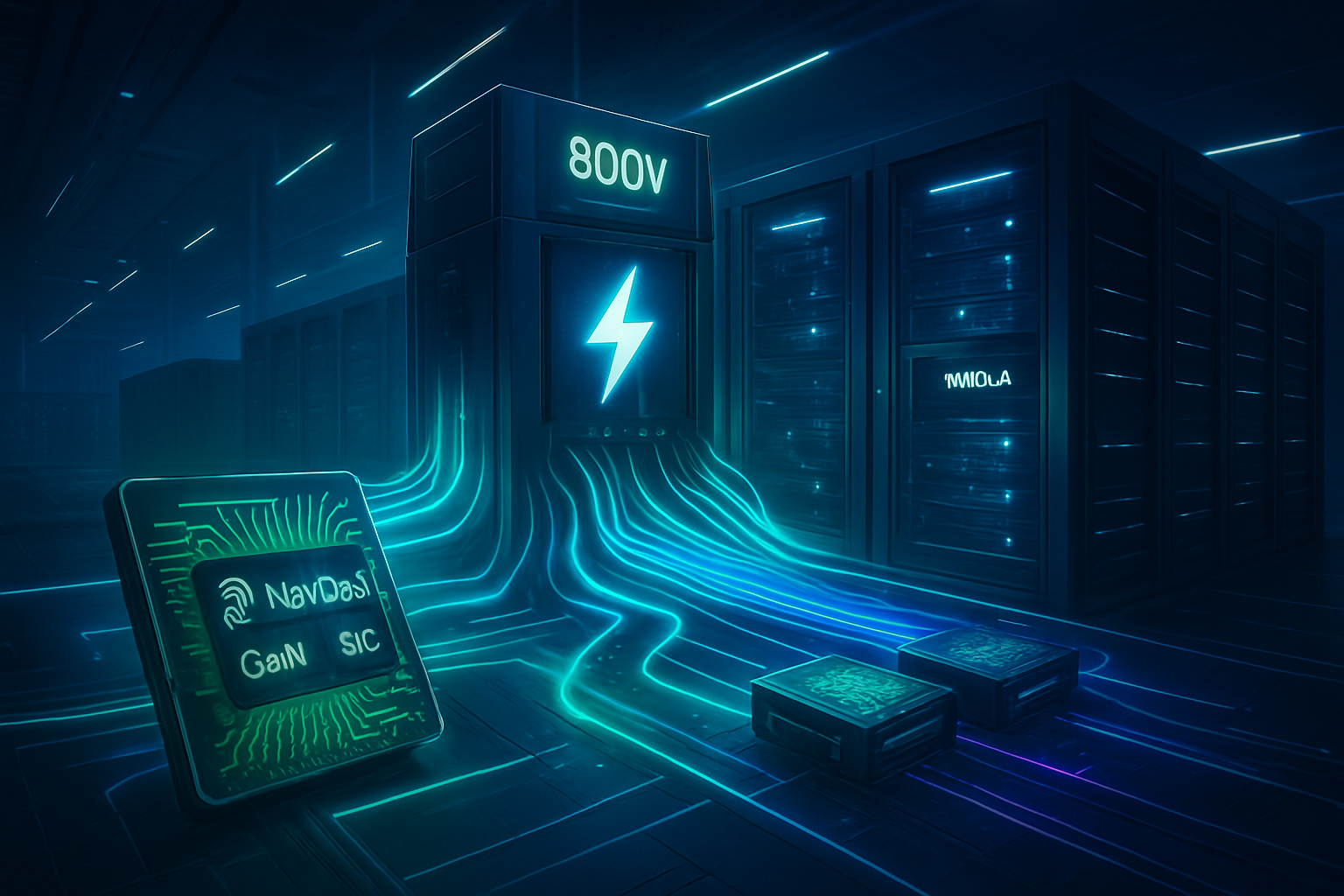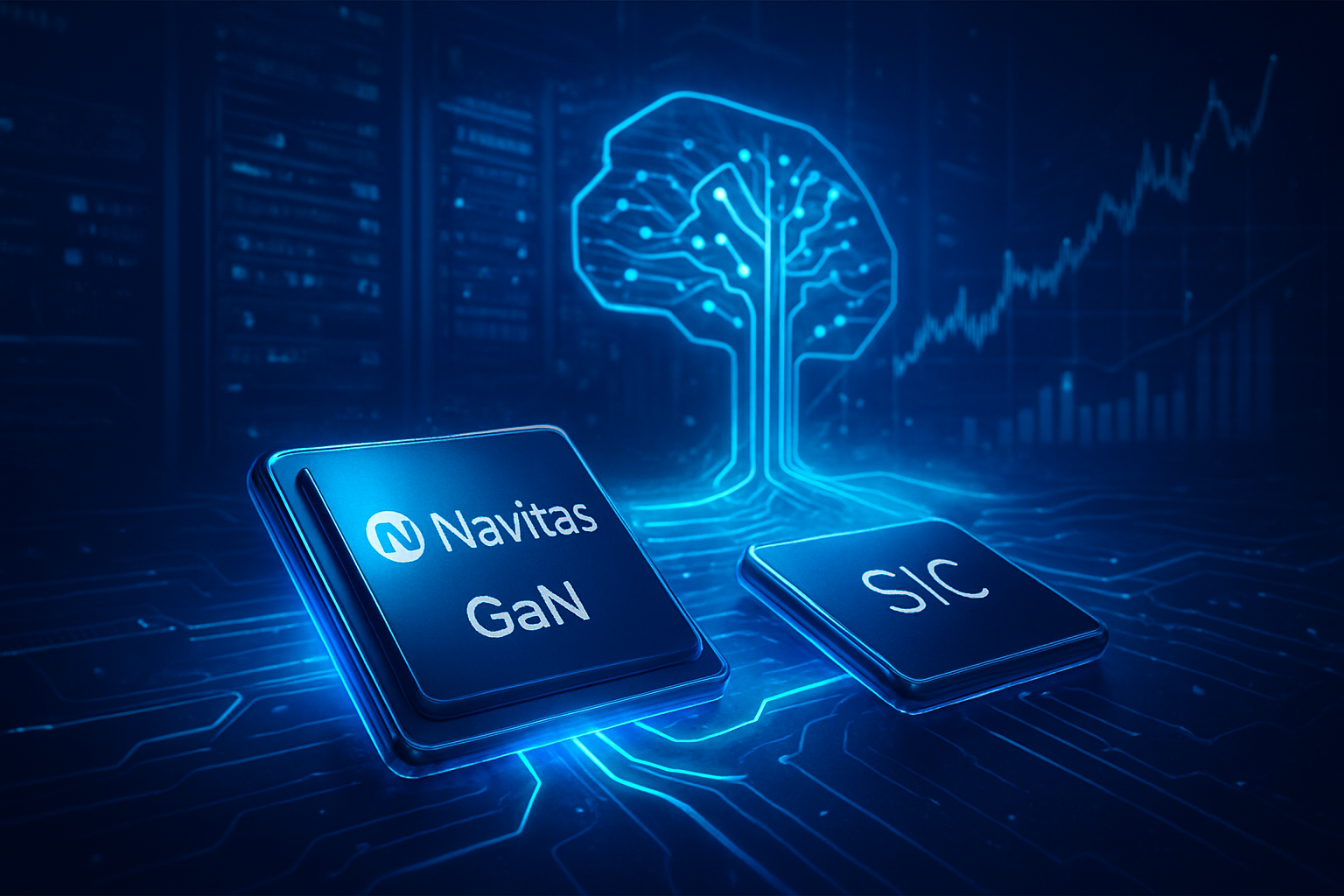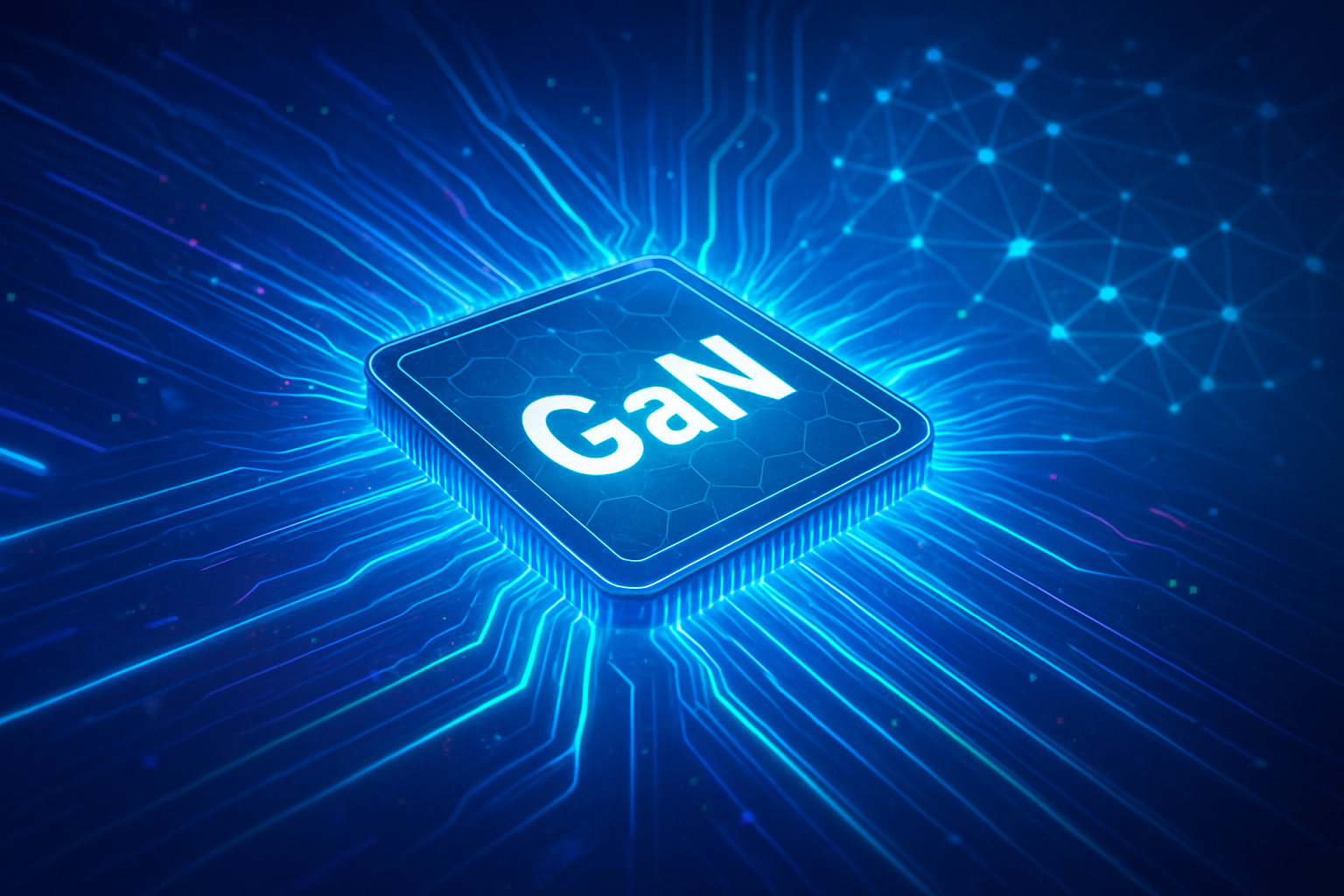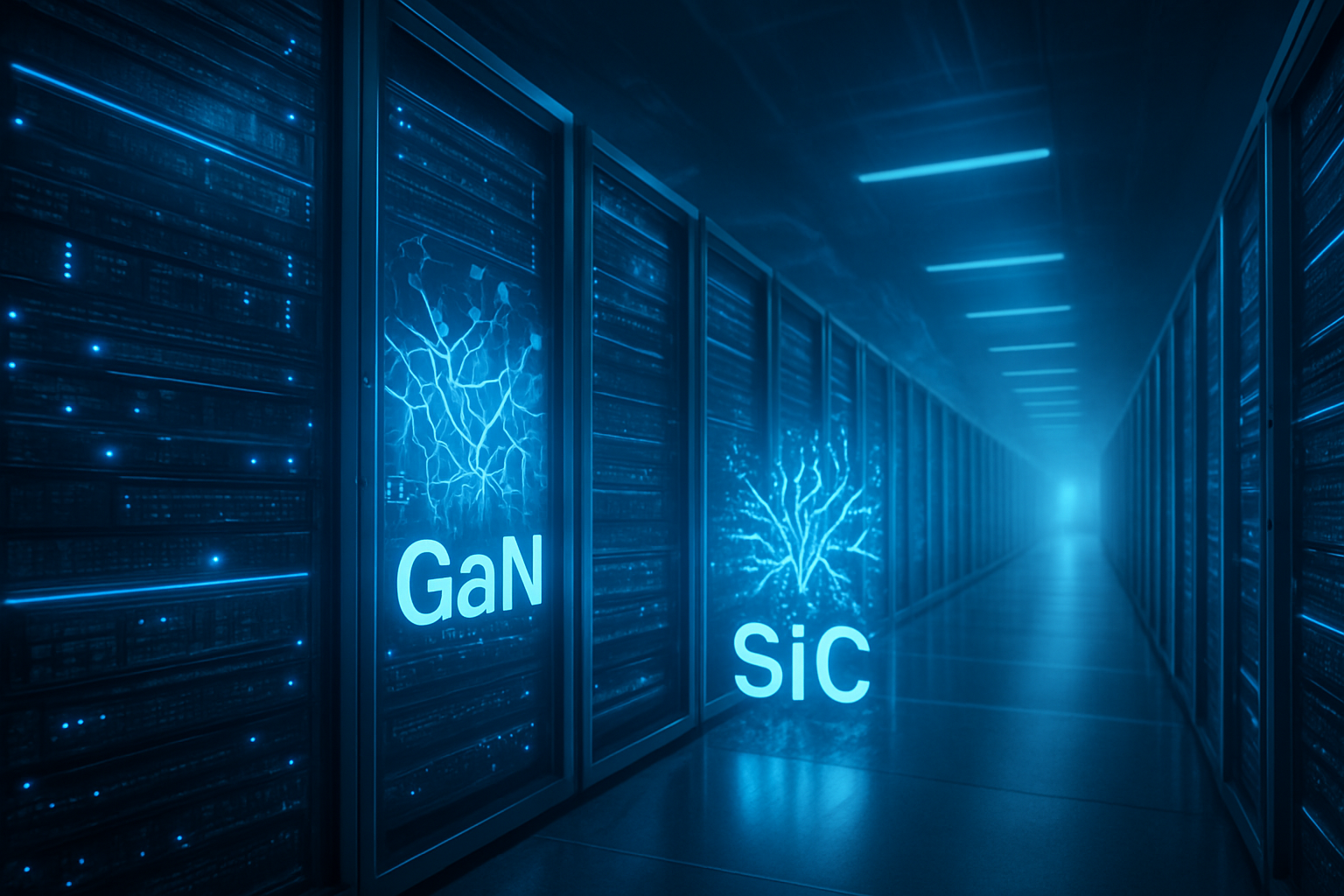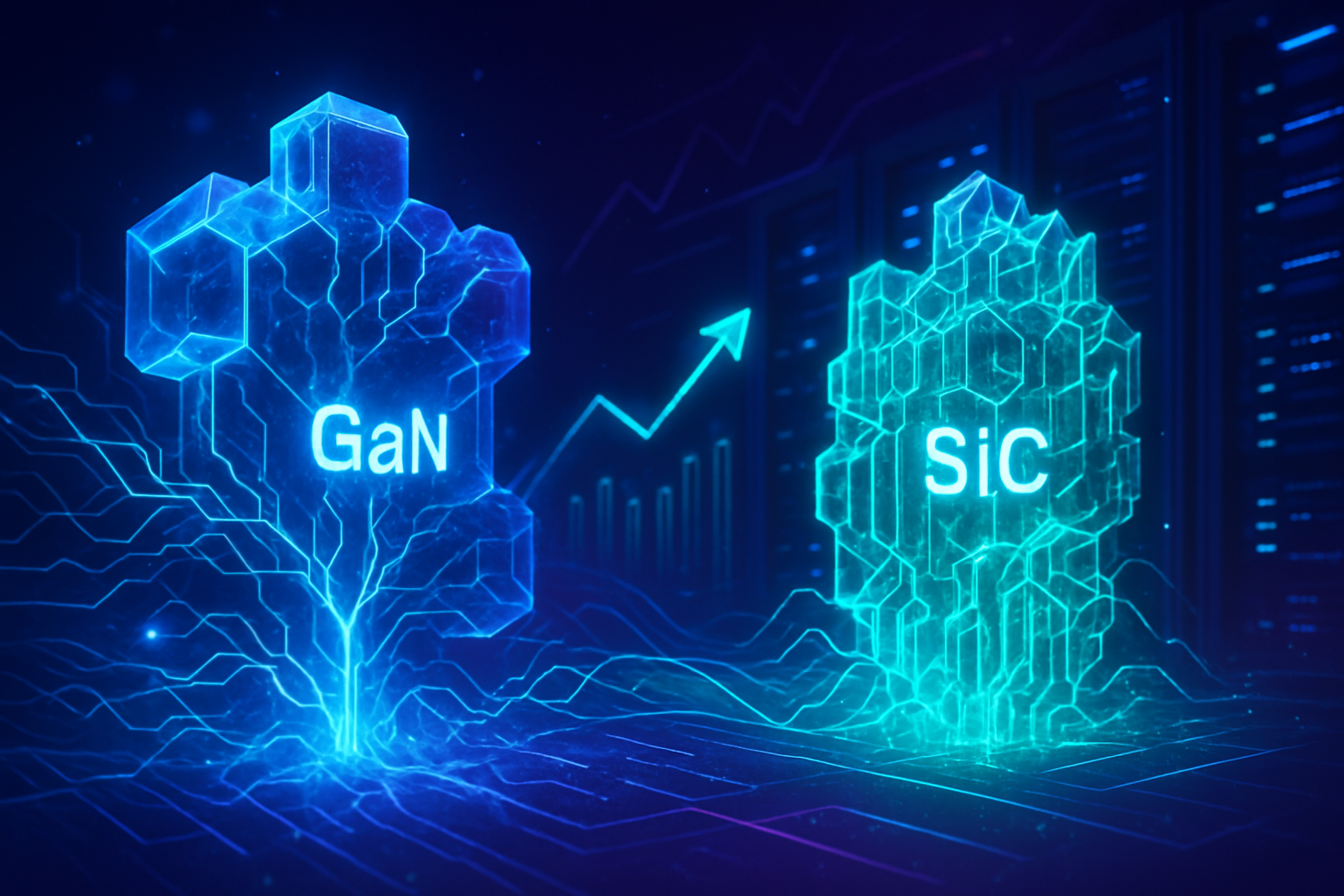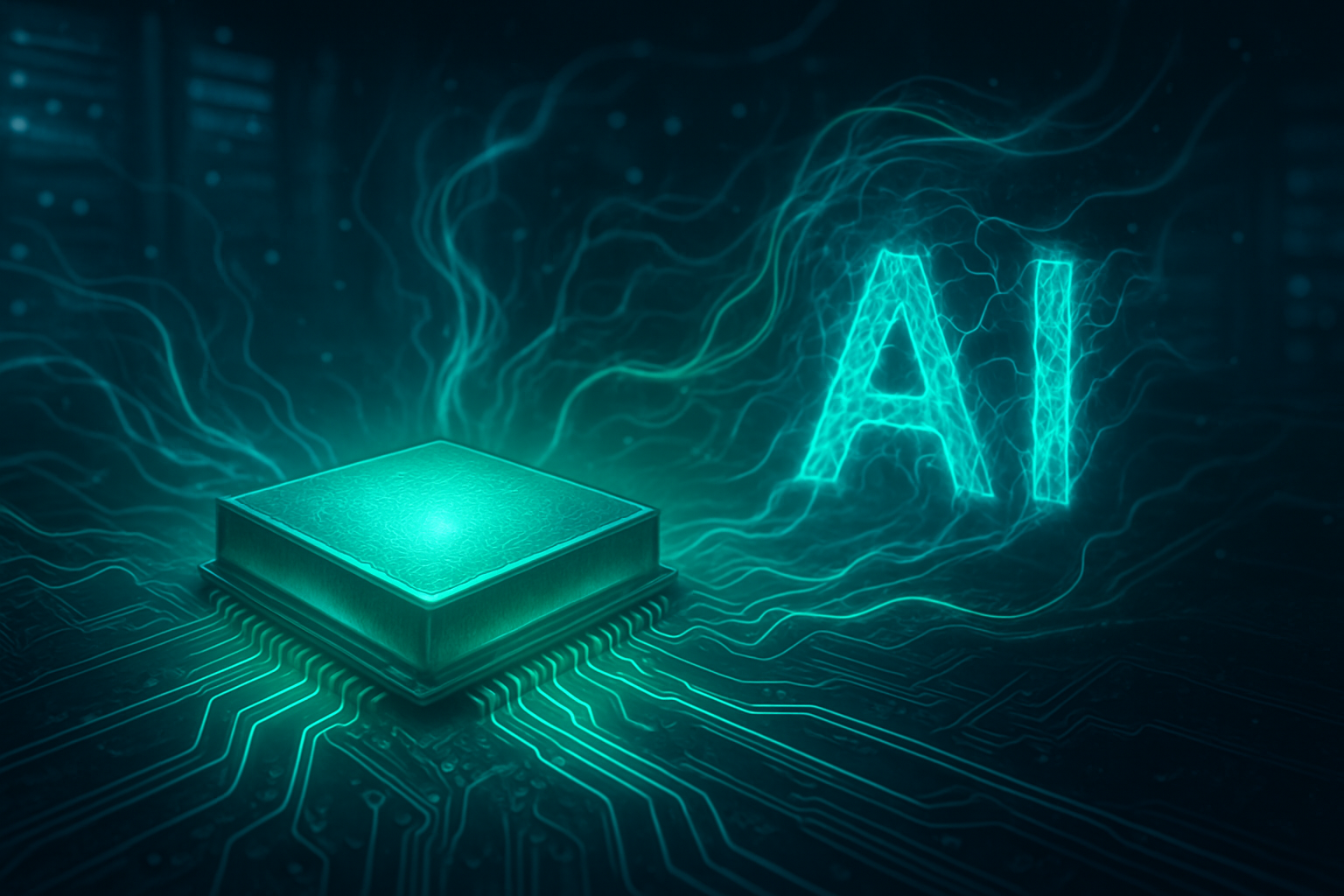December 1, 2025 – A significant wave of insider selling has cast a shadow over Navitas Semiconductor (NASDAQ:NVTS), a prominent player in the gallium nitride (GaN) power IC market. On June 11, 2025, company director Brian Long initiated a substantial divestment, filing to sell 1.5 million shares of common stock valued at approximately $12.78 million. This move, part of a broader pattern of insider transactions throughout mid-2025, has ignited discussions among investors about the potential implications for the company's future performance and overall market confidence.
The substantial sale by a key director, particularly when coupled with other insider divestments, often serves as a critical signal for the market. While insider sales can be driven by a variety of personal financial motivations, the sheer volume and timing of these transactions at Navitas Semiconductor, especially after a period of significant stock appreciation, have raised questions about whether those closest to the company perceive its current valuation as unsustainable or anticipate headwinds on the horizon.
Unpacking the $12.78 Million Divestment and Broader Insider Trends
The $12.78 million stock sale by Brian Long on June 11, 2025, was not an isolated incident but rather a prominent event within a larger trend of insider selling at Navitas Semiconductor. Mr. Long, a director at the company, has significantly reduced his holdings, with total share divestments amounting to approximately $19.87 million since March 21, 2025, including additional sales of 455,596 shares for $2.75 million in September 2025 and 1,247,700 shares for $7.25 million just days prior. This pattern suggests a sustained effort by the director to monetize his stake.
Beyond Mr. Long, other Navitas directors and executives, including Ranbir Singh, Gary Kent Wunderlich Jr., Richard J. Hendrix, and CFO Todd Glickman, have also participated in selling activities. Collectively, net insider selling within a 90-day period ending around late September/early October 2025 totaled approximately $13.1 million, with Mr. Long's transactions being the primary driver. This "cluster selling" pattern, where multiple insiders sell around the same time, is often viewed with greater concern by market analysts than isolated transactions.
While no explicit public statement was made by Brian Long regarding the specific $12.78 million sale, common rationales for such large insider divestments in the semiconductor sector include profit-taking after substantial stock appreciation—Navitas shares had surged over 140% in the year leading up to September 2025 and 170.3% year-to-date as of November 2025. Other potential reasons include a belief in potential overvaluation, with Navitas sporting a price-to-sales (P/S) ratio of 30.04 in November 2025, or routine portfolio management and diversification strategies, often conducted through pre-established Rule 10b5-1 trading plans. However, the volume and frequency of these sales have fueled speculation that insiders might be locking in gains amidst concerns about future growth or current valuation.
Implications for Navitas Semiconductor and the Broader AI/Semiconductor Landscape
The significant insider selling at Navitas Semiconductor (NASDAQ:NVTS) carries notable implications for the company itself, its competitive standing, and investor sentiment across the broader AI and semiconductor industries. For Navitas, the immediate aftermath of these sales, coupled with disappointing financial results, has been challenging. The stock experienced a sharp 21.7% plunge following its Q3 2025 earnings report, which revealed "sluggish performance and a tepid outlook." This decline occurred despite the stock's robust year-to-date performance, suggesting that the insider selling contributed to an underlying investor apprehension that was exacerbated by negative news.
Companies like Navitas, operating in the high-growth but capital-intensive semiconductor sector, rely heavily on investor confidence to fuel their expansion and innovation. Large-scale insider divestments, particularly when multiple executives are involved, can erode this confidence. Investors often interpret such moves as a lack of faith in the company's future prospects or a signal that the stock is overvalued. This can lead to increased market scrutiny, downward pressure on the stock price, and potentially impact the company's ability to raise capital or make strategic acquisitions on favorable terms. The company's reported net income loss of $49.1 million for the quarter ending June 2025 and negative operating cash flow further underscore "ongoing operating challenges" that, when combined with insider selling, present a concerning picture.
In the competitive landscape of AI-driven semiconductors, where innovation and market perception are paramount, any signal of internal doubt can be detrimental. While Navitas focuses on GaN power ICs, a critical component for efficient power conversion in various AI and data center applications, sustained insider selling could affect its market positioning relative to larger, more diversified tech giants or even other agile startups in the power electronics space. It could also influence analysts' ratings and institutional investor interest, potentially disrupting future growth trajectories or strategic partnerships crucial for long-term success.
Wider Significance in the Broader AI Landscape and Market Trends
The insider selling at Navitas Semiconductor (NASDAQ:NVTS) fits into a broader narrative within the AI and technology sectors, highlighting the often-complex interplay between rapid innovation, soaring valuations, and the pragmatic decisions of those at the helm. In an era where AI advancements are driving unprecedented market enthusiasm and pushing valuations to historic highs, the semiconductor industry, as the foundational technology provider, has been a significant beneficiary. However, this also brings increased scrutiny on sustainability and potential bubbles.
The events at Navitas serve as a cautionary tale within this landscape. While the company's technology is relevant to the power efficiency demands of AI, the insider sales, coinciding with a period of "dreary profit indicators" and "weak fundamentals," underscore the importance of distinguishing between technological promise and financial performance. This situation could prompt investors to more critically evaluate other high-flying AI-related semiconductor stocks, looking beyond hype to fundamental metrics and insider confidence.
Historically, periods of significant insider selling have often preceded market corrections or slower growth phases for individual companies. While not always a definitive predictor, such activity can act as a "red flag," especially when multiple insiders are selling. This scenario draws comparisons to past tech booms where early investors or executives cashed out at peak valuations, leaving retail investors to bear the brunt of subsequent downturns. The current environment, with its intense focus on AI's transformative potential, makes such insider signals particularly potent, potentially influencing broader market sentiment and investment strategies across the tech sector.
Exploring Future Developments and Market Outlook
Looking ahead, the implications of the insider selling at Navitas Semiconductor (NASDAQ:NVTS) are likely to continue influencing investor behavior and market perceptions in the near and long term. In the immediate future, market participants will be closely watching Navitas's subsequent earnings reports and any further insider transaction disclosures. A sustained pattern of insider selling, particularly if coupled with continued "sluggish performance," could further depress the stock price and make it challenging for the company to regain investor confidence. Conversely, a significant shift towards insider buying or a dramatic improvement in financial results could help alleviate current concerns.
Potential applications and use cases for Navitas's GaN technology remain strong, particularly in areas demanding high power efficiency like AI data centers, electric vehicles, and fast charging solutions. However, the company needs to demonstrate robust execution and translate technological promise into consistent profitability. Challenges that need to be addressed include improving operating cash flow, narrowing net income losses, and clearly articulating a path to sustained profitability amidst intense competition and the cyclical nature of the semiconductor industry.
Experts predict that the market will continue to differentiate between companies with strong fundamentals and those whose valuations are primarily driven by speculative enthusiasm. For Navitas, the coming months will be crucial in demonstrating its ability to navigate these challenges. What happens next will likely depend on whether the company can deliver on its growth promises, whether insider sentiment shifts, and how the broader semiconductor market reacts to ongoing economic conditions and AI-driven demand.
Comprehensive Wrap-Up: A Bellwether for Investor Prudence
The substantial insider stock sale by Director Brian Long at Navitas Semiconductor (NASDAQ:NVTS) in mid-2025, alongside a pattern of broader insider divestments, serves as a significant event for investors to consider. The key takeaway is that while insider sales can be for personal reasons, the volume and timing of these transactions, especially in a company that subsequently reported "sluggish performance and a tepid outlook," often signal a lack of confidence or a belief in overvaluation from those with the most intimate company knowledge.
This development holds considerable significance in the current AI-driven market, where valuations in the semiconductor sector have soared. It underscores the critical need for investors to look beyond the hype and scrutinize fundamental financial health and insider sentiment. The 21.7% plunge in Navitas's stock after its Q3 2025 results, against a backdrop of ongoing insider selling and "weak fundamentals," highlights how quickly market sentiment can turn when internal signals align with disappointing financial performance.
In the long term, the Navitas situation could become a case study for investor prudence in rapidly expanding tech sectors. What to watch for in the coming weeks and months includes further insider transaction disclosures, the company's ability to improve its financial performance, and how the market's perception of "AI-adjacent" stocks evolves. The balance between technological innovation and robust financial fundamentals will undoubtedly remain a key determinant of success.
This content is intended for informational purposes only and represents analysis of current AI developments.
TokenRing AI delivers enterprise-grade solutions for multi-agent AI workflow orchestration, AI-powered development tools, and seamless remote collaboration platforms.
For more information, visit https://www.tokenring.ai/.

